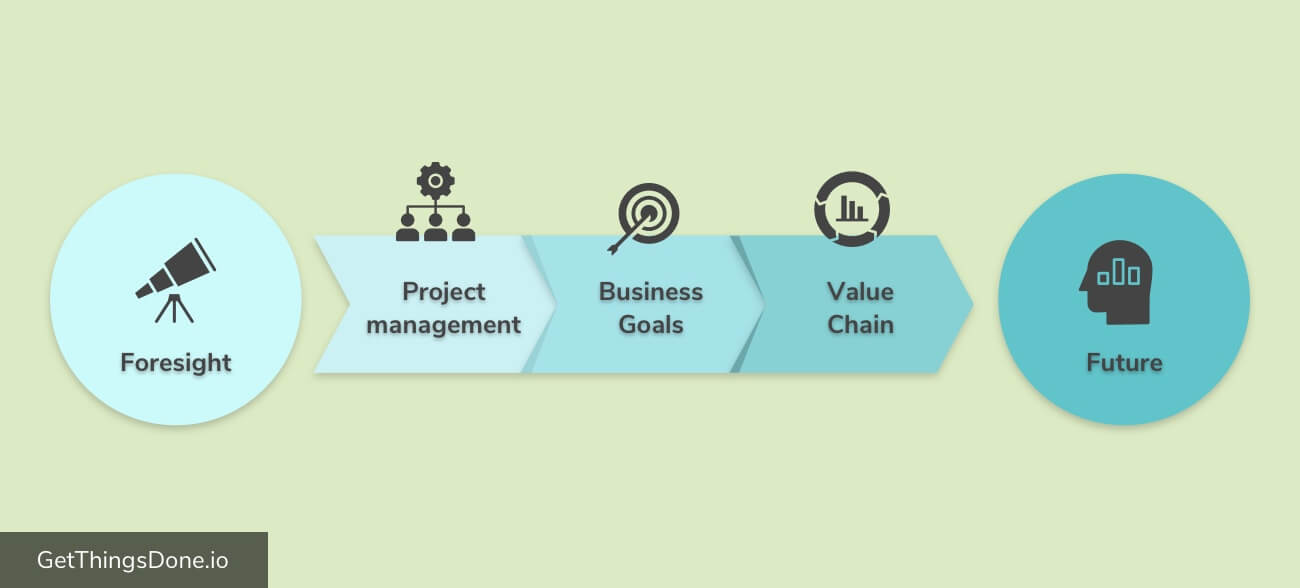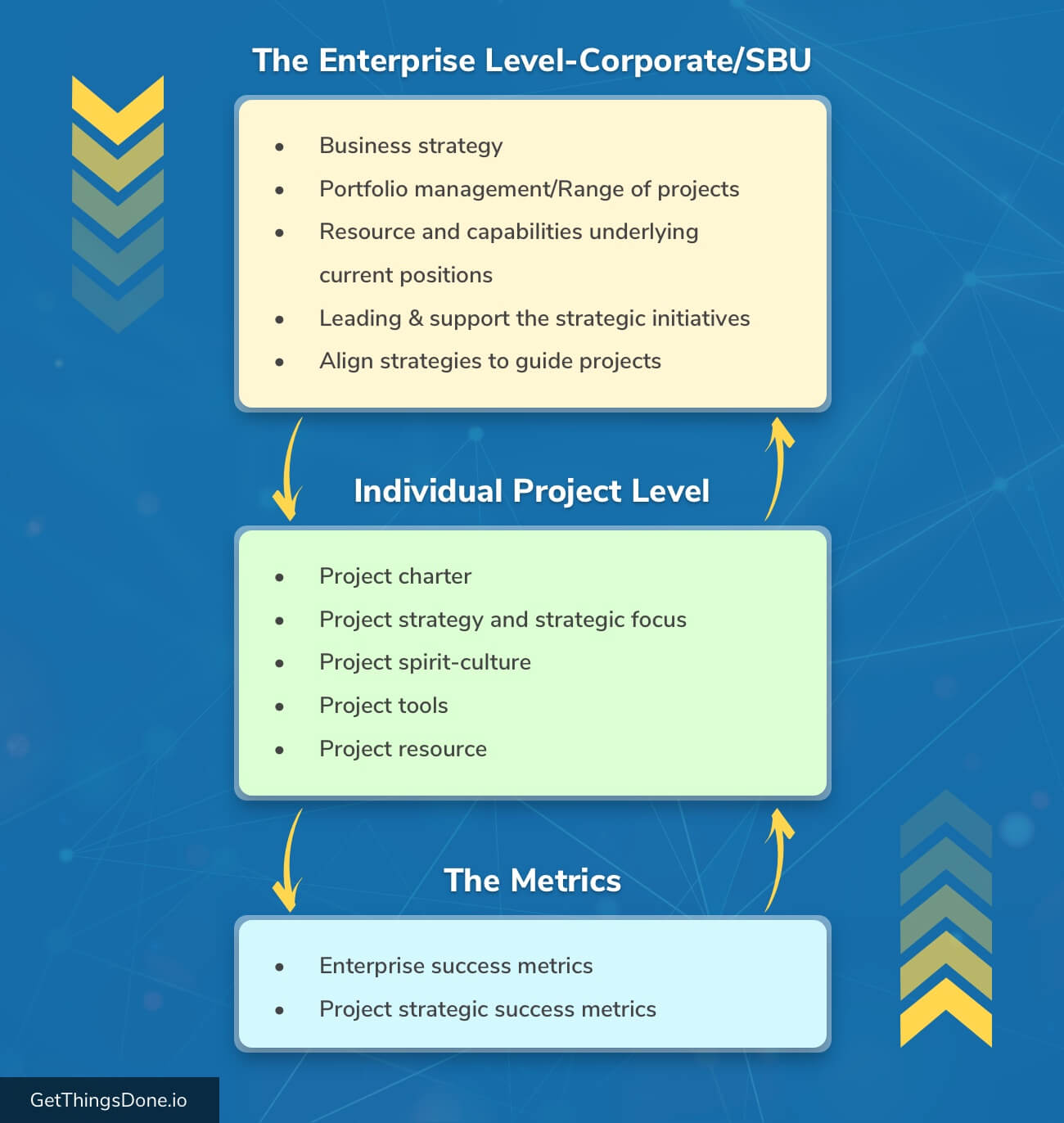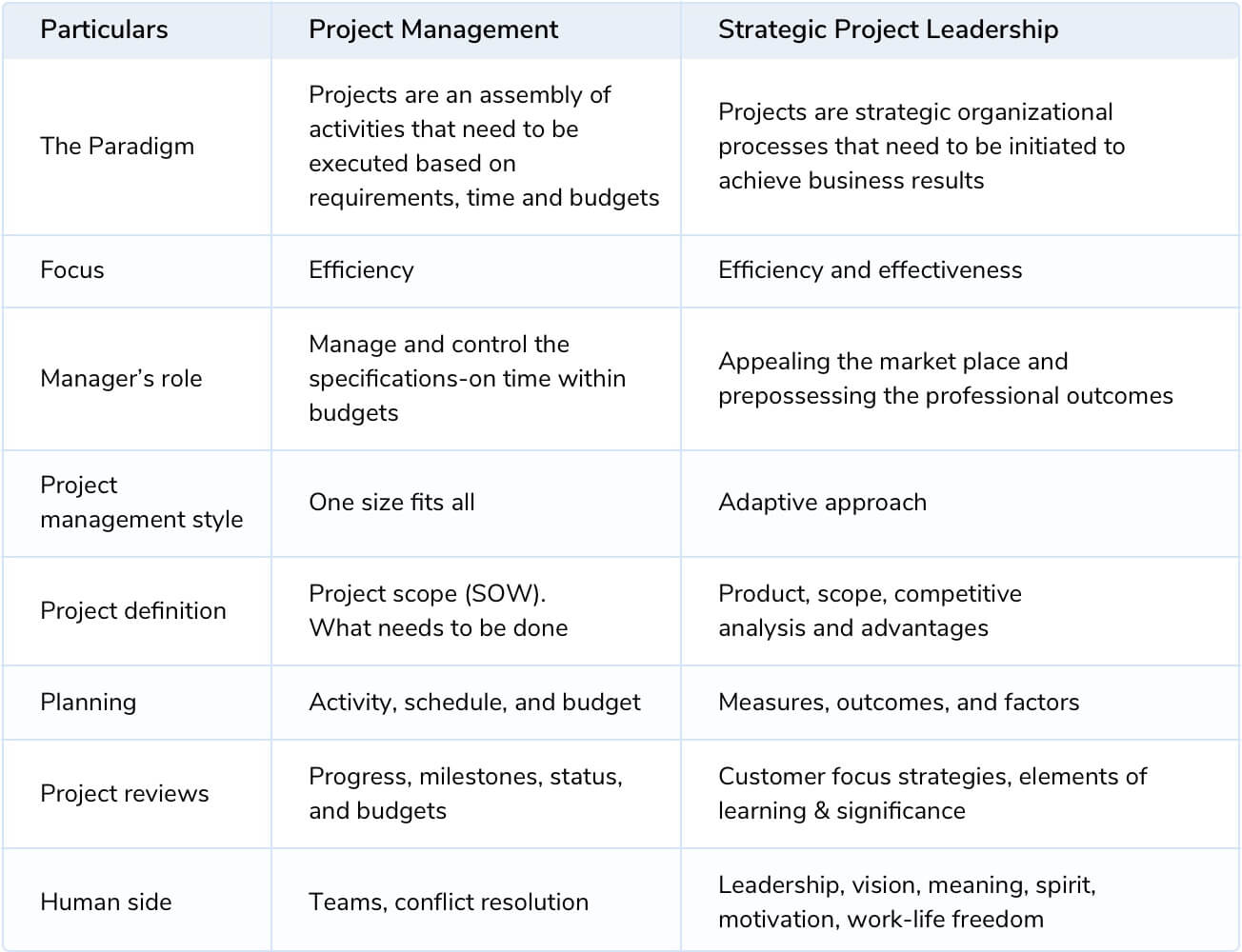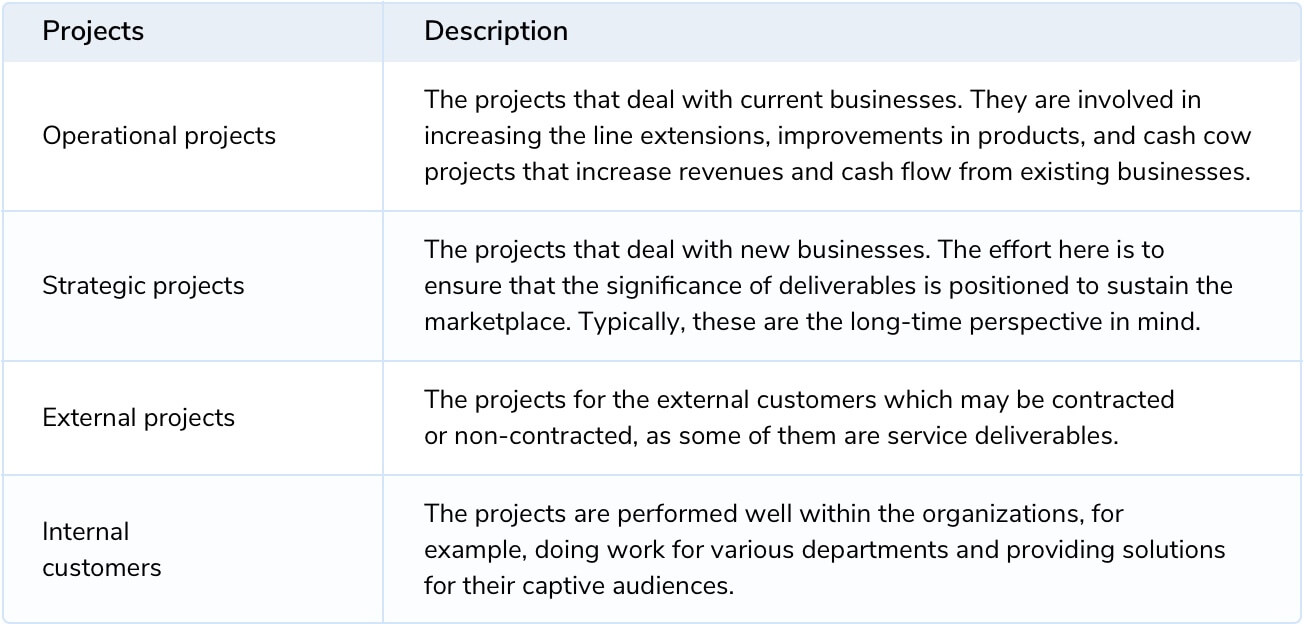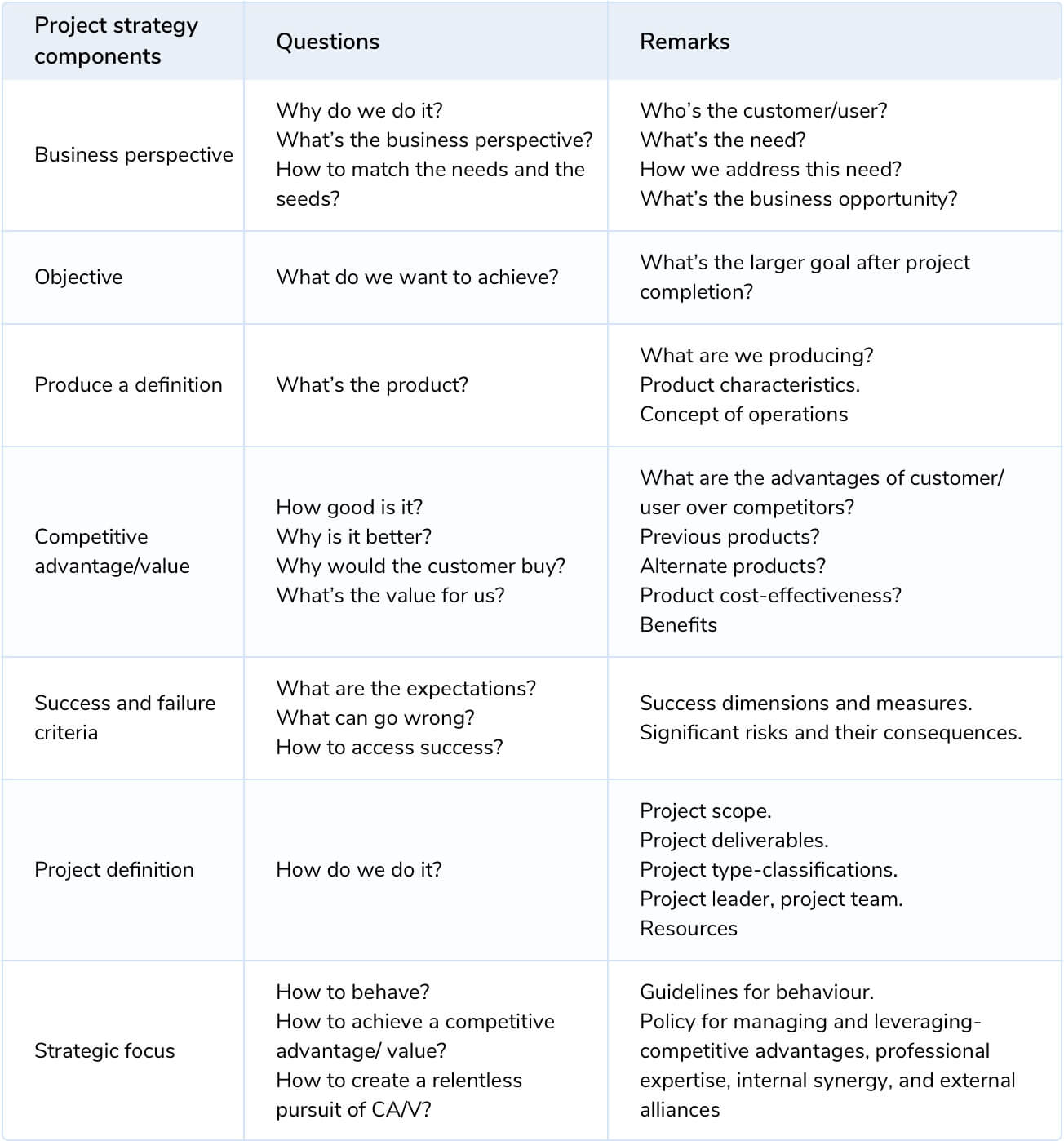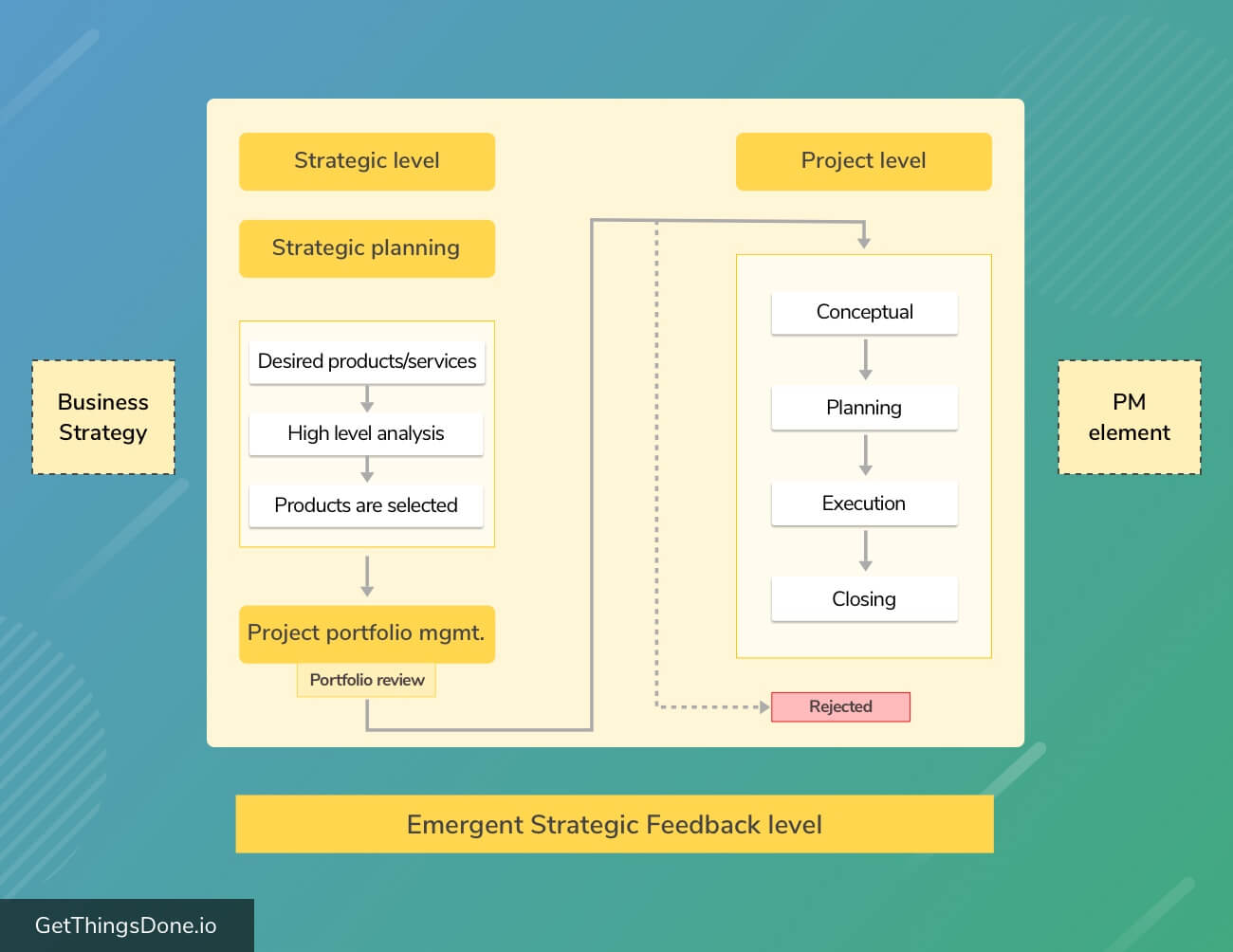There’s an old saying that when the projects are noteworthy, and the goals are grounded by the hunger to determine to put together- the idea of creation would last. In reality, the project isn’t a way to make or do anything incredible. But, it’s an opportunity to develop a systematic approach to the best out of it. Most of the projects today let down the business objectives; they either meet their execution goals, neither fiscal discipline nor consign time. However, many organizations try various methods to improve processes, training workforce, and build reporting techniques. Despite these in the current situations of severe economic crisis and with marginal improvements, they are exhausting options, and a deficit of demand for business needs is much more evident than an earlier state of affairs.
Today, it’s fundamental for any organization to rearrange their position with a strong desire to be competitive. The field of project management has progressed from control and command to the shift towards practice and exercise. In other words, the call is to set standards of ethics, performance, competence to accomplish the business results. The change seems natural, and the new era projects are measured as part of the strategic and occupational-related activity, which are responsible and well-thought-out in improving the venture results. The whole thing is drawn by conceiving elements to merge projects through their strategy, thereby constructive development, tapping insight, and drive successful innovative methods.
Conventionally, project management is an organizational tool used as an aptitude for the work in the direction to accomplish distinct goals, wide-ranging to the scope of intermittence solutions. In this sense, a project is a fact-based effort that has predictable parts from start to finish. The vocation of the project manager is to manoeuvre, series of moves with skill and care, get through to successful completion. The apprehensions of the project management literature verbalize that the projects are primarily similar. Some research verves the intensive elements that necessarily make projects differ from one another. It’s the factors which are variable- i.e., the size of the project, the complexity involved in the scope, assumptions, and uncertainties, could unquestionably have critical impressions on the results generated.
Future of Project Management
Since the early beginnings, a changing environment has fuelled exodus as it has been adopted internationally, using communications fields that extend beyond hawking. In contrast, the study explores us to the current day. The project management researchers from time-to-time have recognized that the projects and project management not only represent just being an operational tool & outfits to organize tasks but strategically prerequisites of organizational capabilities, comprising of transformation and leadership. The enduring analysis of the project and strategy has led to an emergence of a novel “revelation,” which is related to interdependencies and participatory mechanisms that deliver far-reaching, original, neoteric dimensions with the science of information.
Let’s look at the core of internal collaboration within the organization. The primary motive of project management is to improve entrepreneurial strategic goals repetitively. The conceptual foundations for the project alignment strategy remain with an explanation and must have explicit details to get the highest information down to the operational teams.
The first and foremost approach towards project management needs to reorganize on creating competitive advantage and winning in the market place, rather than focusing on time and budgetary goals. The strategic project leadership provides a modern view and suggests that projects are initiated for business reasons. The future of project management will ultimately be different from what it is for the last two decades. Despite this, today’s business environment and global competition require new methods of making projects as powerful competitive weapons in the prevailing and imminent scenarios.
The classic case of Ford Taurus
The following case of Ford motors, with its Ford Taurus, has a special place in the history of a globally successful automotive. The first generation of Ford Taurus was one of the best selling cars in the ’80s. The company took full advantage of cross-functional teams, concurrent engineering practices, slim manufacturing inventories, striking relationships with vendors, sub-contractors, and was characterized by rallying customer needs. Though being rendered best among the generation of cars- the project manager was fired, and reason, the project was delayed by three months.
Juxtapose, the second generation of Ford Taurus, was developed in the ’90s, with severe competition from Japanese imports-Ford reinvented those lessons learned from their predecessors without delaying the project schedule and delivering on time. However, this time they weren’t able to catch the attention of consumers and failed to repeat the outstanding performance of the first-generation cars. The motive was apparent, sticking to the schedule, and rest was compromised from team spirits, product integration, vendor relationship, and many little details were confronted rather severely.
The classifications of projects
The approach for the selection of project starts at a higher level, mostly centred around the estimates and results. It’s not easy, especially in organizations, as many projects strive for the same resources. So the selections have to be the rationale, and the three-step classifications can be utilized further.
(a) Divide the projects based on their strategic outcomes;
(b) Allocate each group based on the required competence of strategic business directions;
(c) Select the tasks according to the set of criteria and decision support leadership.
The scope should be purposeful and visible as each of the distinct projects are carried out with different business standpoints and expectations. Some of them have longer business goals. Some are shorter and instant deliverables. Some are classified as building infrastructure and futuristic in need. It’s critical to keep markets and prospects in mind, with both external and internal customers too.
The policy for resource allocation among the groups is based on the expected impact on current strategy, the economics of scale, infrastructure needs, etc. the criteria for individual selection are based on things like risk and opportunities, skills available, mobilizing existing resources, and effort analysis.
Components of project strategy
In traditional project management, the project activities start with the project plan. Here, the components of the project strategy take us a step forward of what to do, how to achieve the highest competitive advantage and the best value from the project. Explicitly will outline the rules of how to use these elements besides project planning. The illustration explains the multiple components involved in the process of well-directive project behaviour.
The nature of the alignment of project and strategy
The Harvard Professor Mr Michael Porter, one of the world’s influential thinkers on modern management, confers that every project is intertwined into the strategy. It’s vital for the teams, especially project managers, to comprehend the right goals and connect core concepts of strategy, visualizing the organizational point of view rather than the project alone. The uninhibited acceleration is the preeminent method of implementing change in the world.
He also points out that the significant challenges facing an organization are the lack of ability to transform strategy into action, and all it requires is the intervention of competent professionals and the application of processes and tools. Besides, the strategy set the choice of how to compete and deliver value to the customer segment. The mediating process of connecting business strategy and project management through the statement of relationship is worth an exercise.
The feedback that drives project management techniques is called an emergent strategy, summons Mr Henri Mintzberg, a Canadian academic and renowned management exponent. The project delivery mechanism is tested every day and needs to communicate quickly, making a two-way process of understanding and developing the organization’s strategy. The value of newfound responses should be taken seriously. Further suggests that the delivery team needs to harness the wisdom of riposte by ceaselessly engaging customers providing an edge over the competitors. In essence, this will encourage it through their actions, and pick the ways to scale up the growth profoundly.
Get Things Done– a cloud-based pro-work and project management simplifier platform. Establish your natural means to address everyday chaos and help you build instant collaborations with the team, tasks, and step-up your functional duties to achieve the desired results. Regardless of the type of role you come from, either you are in the Project management team, IT teams, Remote working teams, Marketing, Sales, HR, Media, Production, Processing, Engineering, and host of multiple working environments.
Come join to experience work-life freedom.

